Trade Metals
Gold, Silver, Platinum, Palladium and Copper
One of the world’s first currencies and the standard for government issued money for hundreds of years, metals are still immensely popular trading instruments. Precious metals such as gold, silver, platinum, palladium even commodity metals like copper have multiple application from electronics to jewelry – even your car’s catalytic converter has platinum and palladium in it.
Trade With SKYLINE TRADER LTD
Zero Commission
SKYLINE TRADER allows you to cancel a losing trading within a specific period of time for a small fee. Think of it as insurance for your trade, if you are unsure of its outcome.
Gold & Silver trading
trading give you even more choice. You can trade no matter what direction the market is moving – with known risk - no matter the outcome only your premium is exposed to the market.
First time trading Metals?
We use metal items daily in the form of tools, utensils, jewelry even the majority of our vehicles from bicycles to subways are made of metal. Precious metals such as gold, silver, platinum and palladium are not only desirable due to their luster and decorative appeal, but because of their industrial applications. Platinum is an inert metal meaning it does not react with other chemicals, gold, silver, palladium and copper are all used extensively in electronics and manufacturing.
Metals are extremely popular amongst traders and it is usually recommended by financial advisors to have some sort of investment in metals when trading other instruments. There are many reasons for this, but the biggest appeal is that generally when markets are volatile and currencies are down metals increase in price. This is due to people investing in metals because they are considered safe heaven meaning types of trading instruments that markets believe are “safer” or their price is more stable than other instruments.
Beyond this there are many ways to trade metals – CFD metals allow you to trade on the price movement of the metal, but doesn’t obligate you to actually buy it. This allows for more freedom when trading – because when you want to buy the actual metal you have to find someone that sells it at the price you want to pay and when you sell it you have to find someone to buy it at the price you want to get. Another benefit is that you can buy and sell CFDs without owning the actual metal. This means if you think the price of metal is going up, you can “buy” (or go long as is known in traders’ lingo) if you think the price is going down, you can “Sell” (or go short). In both cases you will be able to take advantage of the difference in price between the time you “open” the position (essentially start the trade) and “closed” it (or stopped the trade).
Options are another way to trade metals – which allows for a completely different trading experience. Although it also allows you to trade both if the price goes up or goes down, it does it in a different way. When “buying” you decide what price the instrument will reach within a specific timeframe. You pay the person “selling” the option a premium. If you anticipate that the price of a currency pair will rise, you may take advantage of that movement by buying a Call/ If you anticipate that the price of a currency pair will fall, you may take advantage of that movement by buying a Put. The benefit of this type of trading is that you only risk your premium, which some people prefer and not all instruments offer.

